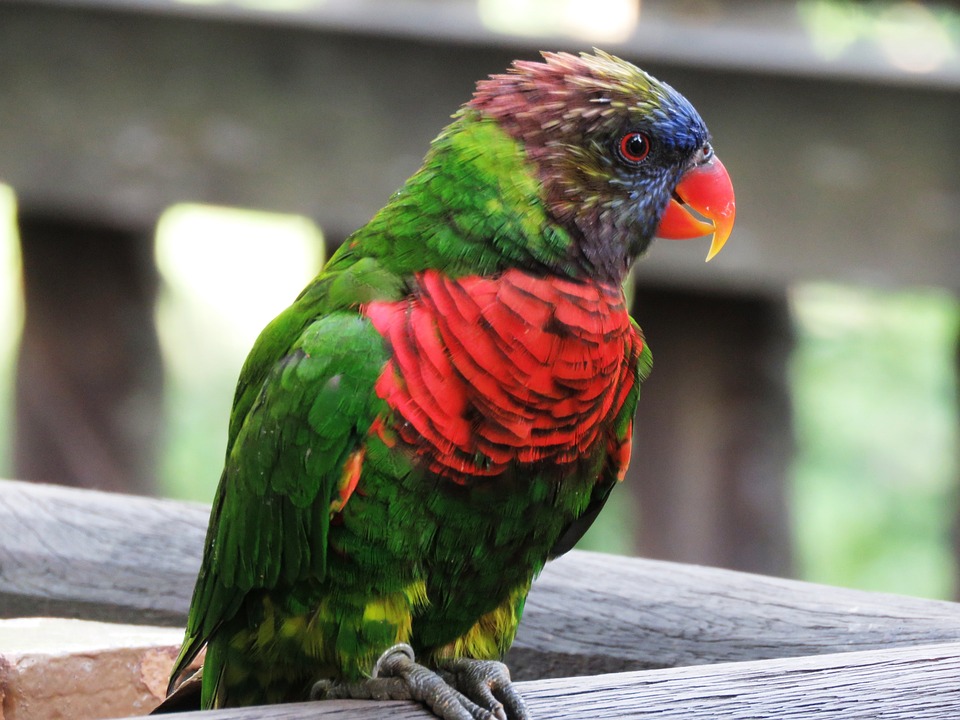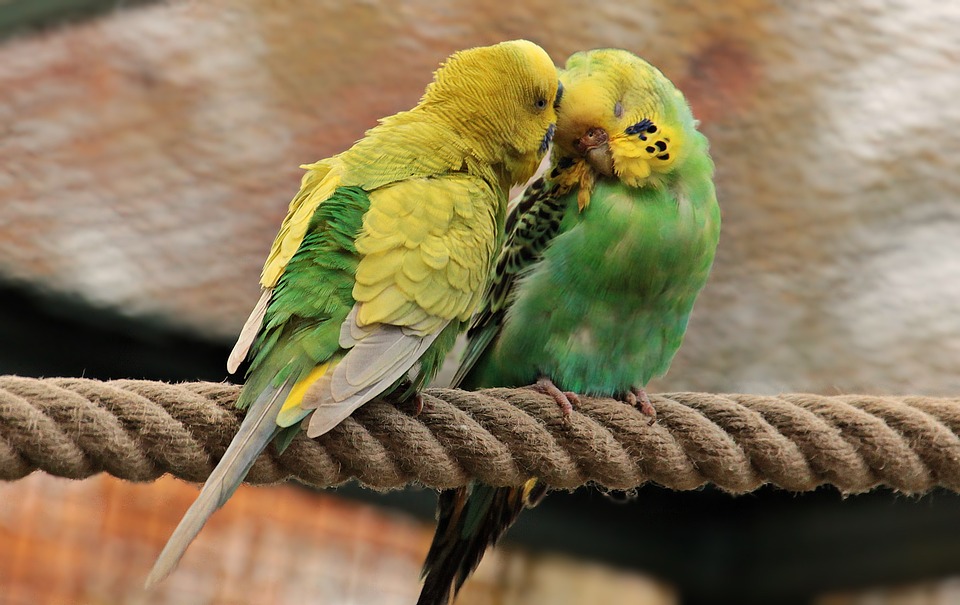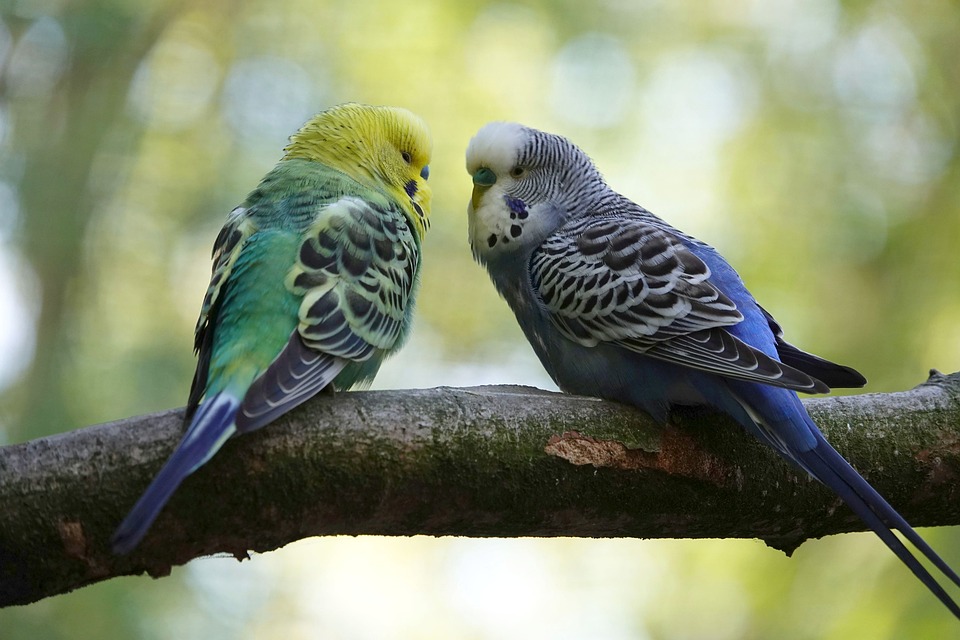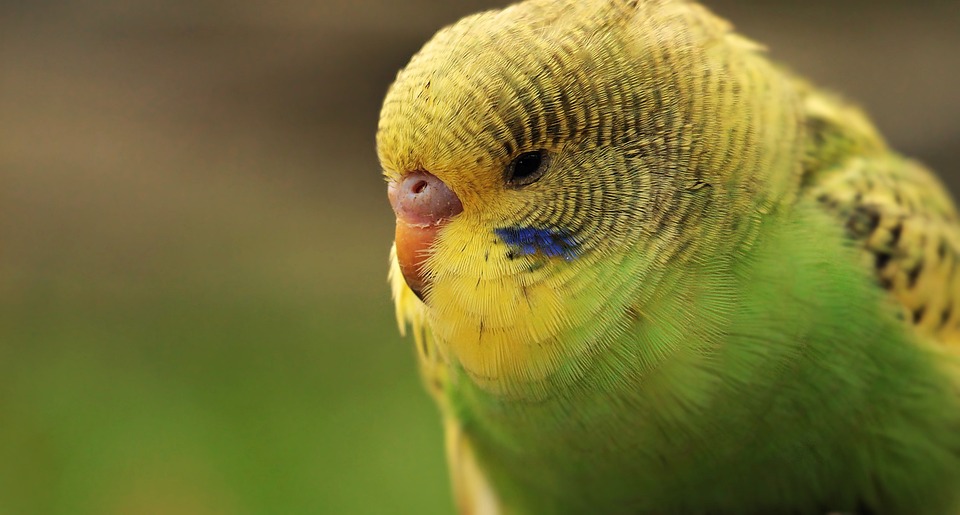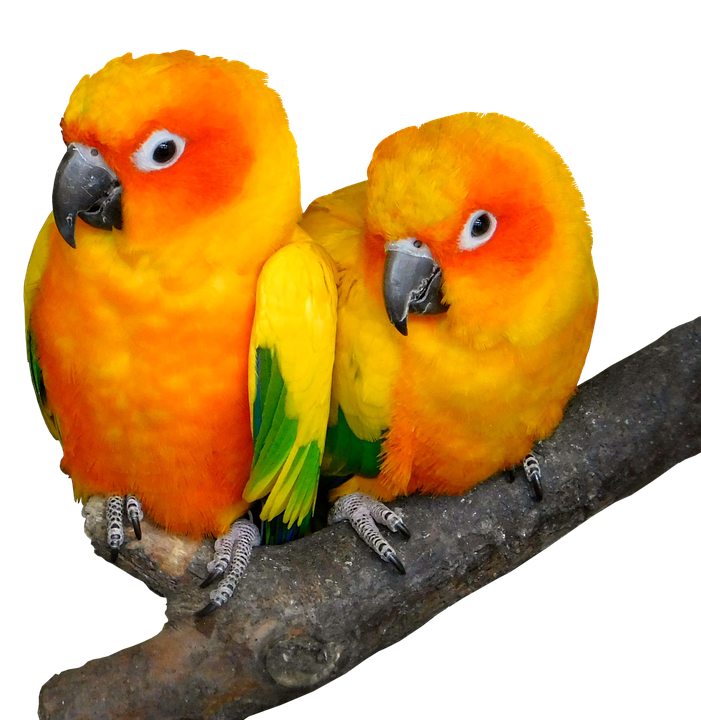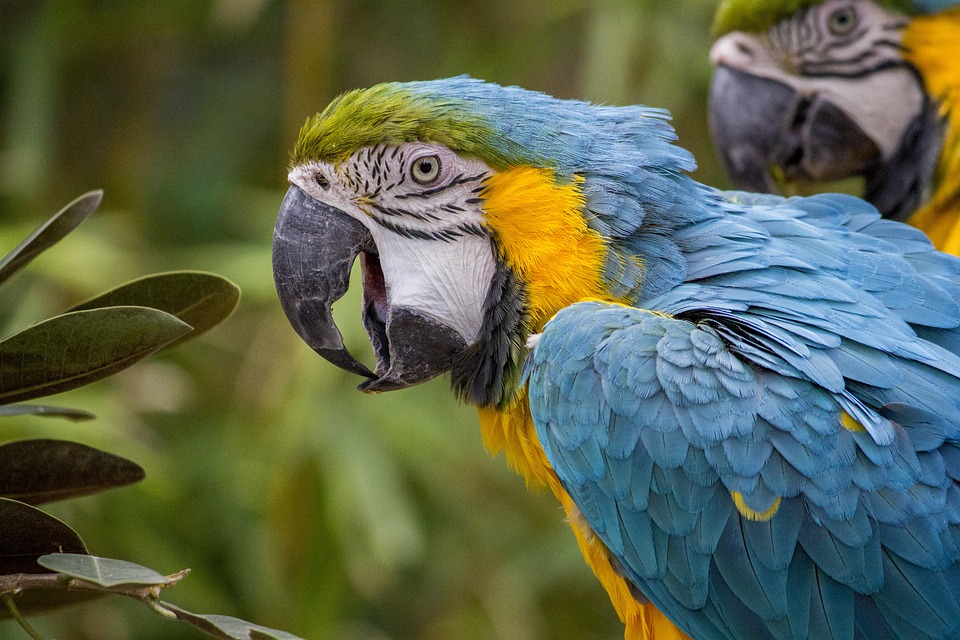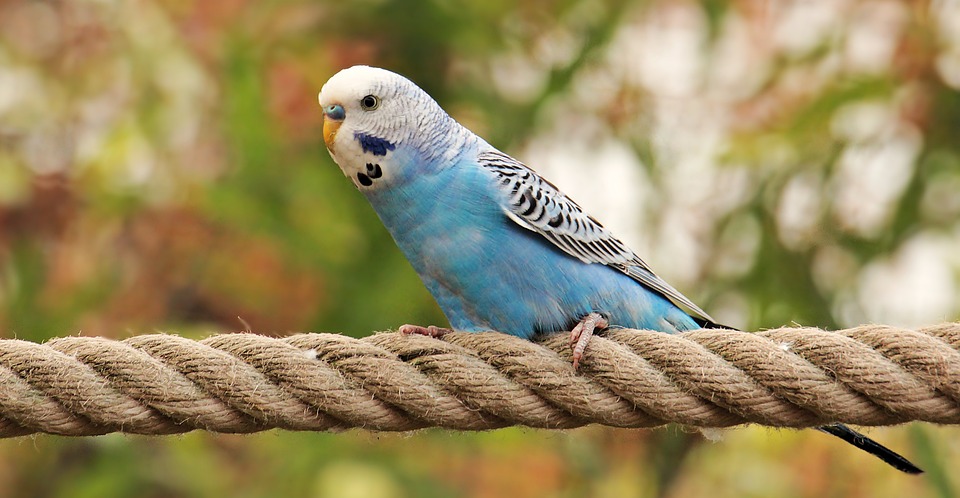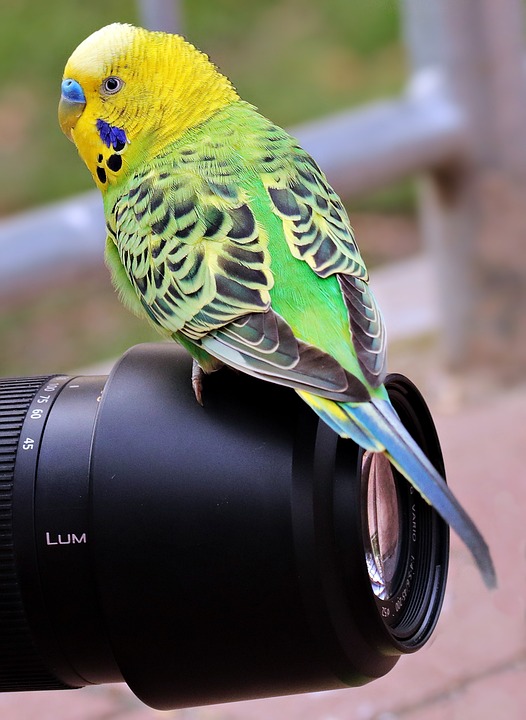Parrots are highly intelligent and social creatures that require mental and physical stimulation to thrive. Routine training exercises are essential for their well-being and development. However, parrots, like any other pet, can occasionally become bored with repetitive training sessions. In this article, we will explore effective strategies to keep parrots engaged and motivated during their training exercises, ensuring both their enjoyment and continued progress.
To effectively prevent boredom, it is important to understand the natural behavior of parrots. Parrots are highly social animals that require interaction, mental stimulation, and physical activity. Their innate curiosity and need for novelty should be taken into account when designing training sessions.
One of the key ways to keep parrots engaged during training is to introduce variety in the exercises. Rotate between different training exercises and activities to keep your parrot’s interest piqued. For example, switch between teaching new tricks, practicing old ones, and engaging in interactive play sessions. Introduce new toys, puzzles, and interactive props during training sessions. These can include foraging toys, puzzle feeders, or treat-dispensing toys. Such items provide mental stimulation and help prevent boredom. Additionally, consider conducting training sessions in different locations within your home or even outdoors, weather permitting. This change of scenery adds novelty and excitement to the training routine.
Enhancing the reward system during training can significantly improve engagement and motivation. Experiment with a variety of rewards such as favorite treats, verbal praise, gentle petting, or access to engaging activities like supervised playtime outside the cage. Ensure that rewards are immediate and consistent, reinforcing desired behavior effectively. Gradually reduce the frequency of rewards as your parrot becomes more proficient, making them work a little harder for their treats. Incorporate clicker training, a positive reinforcement method, to mark desired behaviors accurately. This technique helps establish clear communication between you and your parrot, increasing engagement and motivation.
Adding interactive elements to your parrot’s training routine can make the experience more enjoyable and prevent boredom. Teach your parrot interactive games, like “fetch” or “basketball,” where they can participate actively. These games not only provide exercise but also create a bond between you and your feathered companion. If you have other well-behaved pets, incorporate them into your parrot’s training sessions. This can include having your parrot perform tricks alongside your dog or cat, promoting a sense of camaraderie and friendly competition.
Here are some frequently asked questions about keeping parrots engaged during routine training exercises:
Q1: How long should training sessions be?
A1: Training sessions should be kept short and engaging, usually lasting between 10 to 15 minutes. It is better to have multiple shorter sessions throughout the day rather than one long session.
Q2: What if my parrot loses interest during training?
A2: If your parrot loses interest, try changing the training exercise or introducing a different prop or toy to regain their attention. Remember, patience is key, and not every training session will be equally successful.
Q3: Can I train my parrot using negative reinforcement?
A3: It is highly recommended to use positive reinforcement techniques like rewards, praise, and clicker training. Negative reinforcement can be detrimental to your parrot’s trust and well-being.
Q4: Are there any specific toys that can help prevent boredom outside of training sessions?
A4: Yes, there are various toys designed to provide mental stimulation and prevent boredom. Foraging toys, puzzle feeders, and toys that encourage problem-solving, such as treat-dispensing toys, can keep your parrot engaged even when not actively training.
In conclusion, preventing boredom during routine training exercises is essential for the well-being and progress of your parrot. By incorporating variety, enhancing the reward system, and including interactive elements, you can ensure that training sessions remain engaging and enjoyable for your feathered friend. Remember to be patient, observant, and adaptable to your parrot’s preferences, and watch as your parrot’s enthusiasm and skill level soar.

